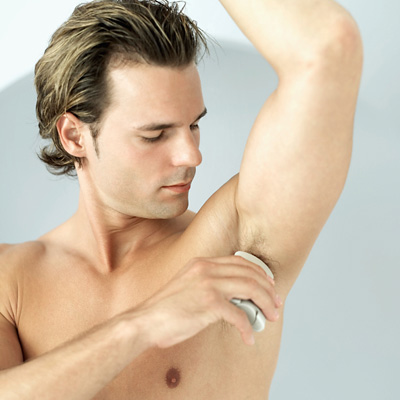Hygiene – is a science of preserving and promoting the health of both the individual and the community. It has many aspects: personal hygiene (proper living habits, cleanliness of body and clothing, healthful diet, a balanced regimen of rest and exercise); domestic hygiene (sanitary preparation of food, cleanliness, and ventilation of the home); public hygiene (supervision of water and food supply, containment of communicable disease, disposal of garbage and sewage, control of air and water pollution); industrial hygiene (measures that minimize occupational disease and accident); and mental hygiene (recognition of mental and emotional factors in healthful living). The World Health Organization promotes hygienic practices on an international level.
We will talk about personal hygiene which is very important for men’s health.
Good personal hygiene is an aid to health, beauty, comfort, and social interactions. It directly aids in disease prevention and/or disease isolation. (That is, good personal hygiene will help keep one healthy and thus avoid illness. If one is ill, good hygiene can reduce one’s contagiousness to others, for instance, in one family.)
Washing (with water) is the most common example of hygienic behavior. Washing is often done with soap or detergent which helps to remove oils and to break up dirt particles so they may be washed away.
Personal hygienic practice, such as frequent body washing, has a profound impact on reducing the spread of disease. This is because it kills or removes disease-causing microbes (germs) in the immediate surroundings. For instance, washing hands after using the toilet and before handling food reduces the chance of spreading E. coli bacteria and Hepatitis A, both of which are spread from fecal contamination of food.
Maintaining personal hygiene enhances an individual’s physical and emotional well-being. Therefore, using bidet leads to better personal hygiene and can provide therapeutic benefits to sensitive genital and rectal areas.
Who uses bidet and why?
· The bidet can and is be used by both men and women. Bidets offer the user a hands-free and supposedly superior water wash in place of the wiping and occasionally irritating action of toilet paper. An invaluable aid to person hygiene, the bidet is gaining popularity among senior citizens, the disabled and those with impaired motor functions or incontinence.
· Bidets are also used for sitz baths. A sitz bath (also called a hip bath) is a type of bath in which only the hips and buttocks are soaked in water or saline solution. Its name comes from the German verb “sitzen”, meaning to sit.
· A sitz bath is used for patients who have had surgery in the area of the rectum, or to ease the pain of hemorrhoids, uterine cramps, prostate infections, painful ovaries, and/or testicles. It is also used to ease discomfort from infections of the bladder, prostate, or vagina. Inflammatory bowel diseases are also treated with sitz baths.
Bidets are principally used to wash and clean the external genitalia and the anus, as well as the skin near these areas. They may also be used to clean any other part of the body; they are convenient for cleaning the feet for example. Despite appearing similar to a toilet, it would be more accurate to compare it to the washbasin or bathtub. In fact, the bidet makes an excellent baby bath. Anyone who has mobility problems and finds it difficult to get into a bathtub, or is afraid of slipping in the shower, may find a bidet an excellent solution for maintaining personal hygiene.
Bidets are made in several different designs. The classic one has a faucet, which pours water into a china basin. The basin can be plugged and filled if necessary, or the water can be allowed to drain away. Modern bidets, as a Bidan, have a nozzle that propels an arc of water up into the air. This jet of water is angled to connect directly with the genital area. Some models, like Bidan Turbo, have a warm air jet to dry the body instead of using a toilet paper. It is strongly recommended for hemorrhoid sufferers. The newest is travel bidet (or bidanit), which is suitable for people-on-the-go.
Additionally, there are special bidet seats for disabled people: electronic and pneumatic. The electronic bidan (or bidet) activates by remote control and the pneumatic one by pneumatic pads enabling the disabled to operate it independently and efficiently while retaining privacy.
Popularity
Bidets are common bathroom fixtures in some European countries (especially France, Greece, Italy, Spain and Portugal), Latin America (especially Argentina found in approximately 90% of households), the Middle East and some parts of Asia. They may be installed both in private homes and hotels. In Japan, bidets are so common that they are often present in public toilet facilities.
The bidet is not normally used for cleaning the anus after defecation (which is done with toilet paper), but for optional supplementary washing, or for daily personal hygiene.






